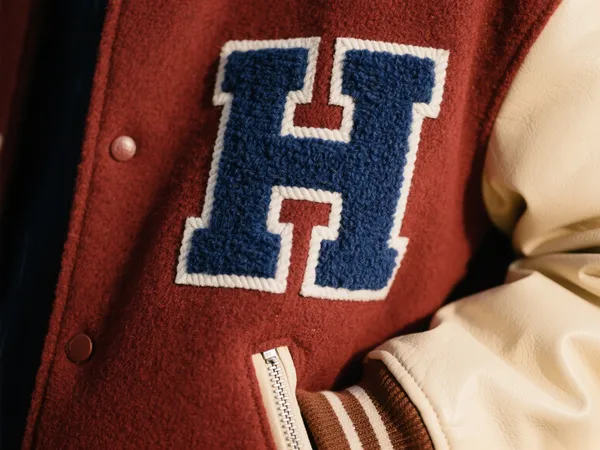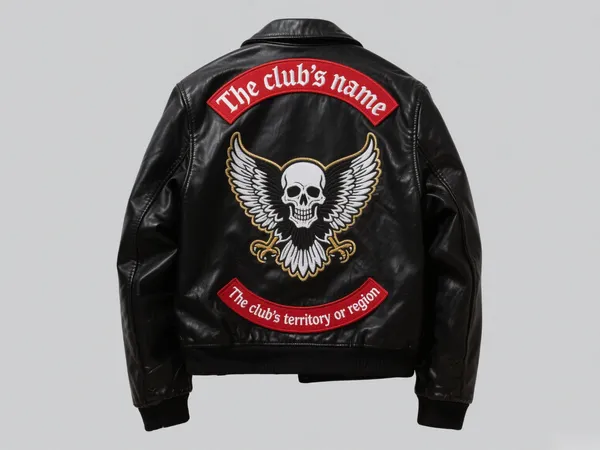Los parches policiales son más que una simple identificación: son un símbolo de honor, autoridad y tradición. Entre los muchos aspectos del diseño de parches, formas de parches policiales Desempeñan un papel clave para distinguir un departamento o agencia de otro. Desde escudos clásicos hasta óvalos y balancines modernos, la forma de un parche policial puede transmitir rango, región o ascendencia.
En este artículo, exploramos los más comunes diseños de insignias de las fuerzas del orden, qué representan y cómo los departamentos eligen o personalizan las formas de los parches para uniformes, equipos y uso ceremonial.
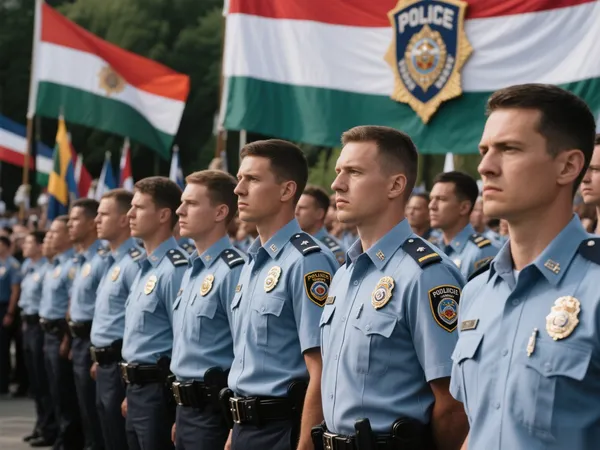
Por qué la forma del parche es importante para la aplicación de la ley
La forma de un parche policial no se elige al azar: tiene peso visual, significado y legado. Las formas pueden indicar:
- Tipo de jurisdicción (local, del condado, estatal o federal)
- Historia del departamento o época fundacional
- Identidad geográfica o simbolismo regional
- Distinción funcional (por ejemplo, agente de patrulla vs. detective)
En una profesión arraigada en la estructura y el simbolismo, la forma importa tanto como las imágenes o el texto.
Formas comunes de los parches policiales y su significado
🛡️ Parche de escudo
- El más icónico y ampliamente utilizado
- Evoca protección y autoridad.
- Común entre los departamentos municipales, estatales y federales
- Las variaciones incluyen escudos con fondo puntiagudo y estilos con fondo redondeado.
🔷 Parche ovalado
- Elegante, moderno y equilibrado.
- A menudo lo utilizan patrullas de carreteras, departamentos del sheriff o unidades tácticas.
- Ofrece más espacio para bordados detallados o emblemas.
🔰 Parche redondo
- Simboliza la unidad, la continuidad o la vigilancia comunitaria.
- Popular entre unidades auxiliares, equipos de participación comunitaria o academias de capacitación.
- Se adapta fácilmente a equipos más pequeños, como gorras o hombreras.
🔶 Balancines (superior/inferior)
- Parches curvos que se ubican encima o debajo de los parches principales
- Común para Unidades K9, Equipos SWAT, o divisiones especializadas
- A menudo se incluyen nombres de unidades, años de servicio o funciones.
🟥 Rectángulo o pestaña
- Utilizado para placas de identificación, rango, o identificadores de jurisdicción
- Fácilmente apilable para diseños de múltiples parches (por ejemplo, nombre + ciudad + bandera)

Elementos de diseño para combinar con formas de parches
A la hora de elegir o diseñar un parche policial, la forma suele favorecer:
- Águilas o sellos estatales por fuerza simbólica
- Estrellas o rayas representando rango o país
- Balanza de la justicia por la integridad jurídica
- Herramientas del deber como esposas, porras o placas
- Colocación del texto Optimizado para legibilidad según la curvatura de la forma
Por ejemplo, los parches de escudo a menudo tienen franjas superiores curvas para los nombres de los departamentos y franjas inferiores planas para los identificadores de ciudad o estado.
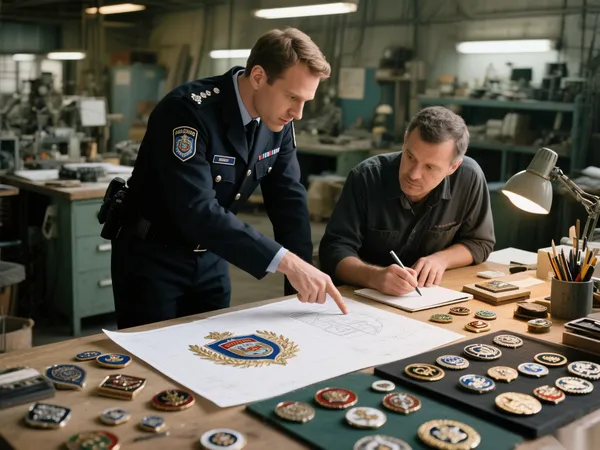
Personalización de formas de parches policiales para su departamento
Muchas agencias trabajan con fabricantes de parches personalizados para:
- Modernizar diseños obsoletos preservando la tradición
- Integrar puntos de referencia locales, contornos estatales o lemas
- Elija formas que destaquen sin comprometer las pautas uniformes
- Agregar respaldo de gancho y bucle para versatilidad de engranajes
- Incluir materiales reflectantes o que brillan en la oscuridad para uso táctico
👉 Consejo: Trabaje siempre con un fabricante de parches con buena reputación y experiencia en normativas de aplicación de la ley y estándares de uniformes.
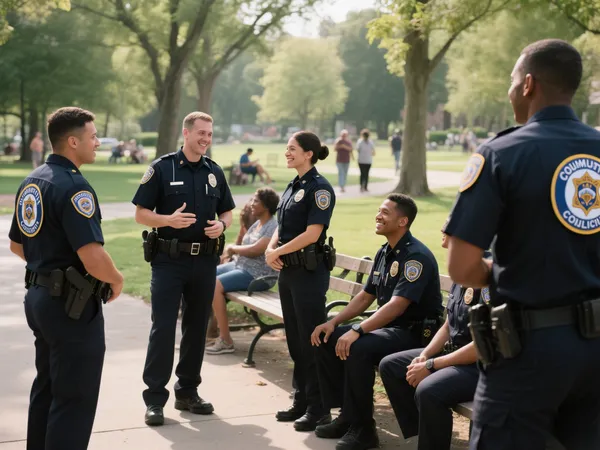
Consideraciones tácticas y funcionales
Diferente Las formas de los parches sirven para diferentes propósitos:
- Parches de escudo más grandes Para visibilidad en prendas exteriores o chalecos balísticos.
- Parches compactos ovalados o con pestaña Para sombreros, hombreras o equipo táctico
- Parches rectangulares con respaldo de velcro para cambios rápidos de roles durante las operaciones
- Rockeros Para cambios de división sin reemplazar el parche base
La durabilidad, la resistencia a la intemperie y una fijación segura (cosida, planchada o con velcro) también son cruciales para el equipo de servicio activo.
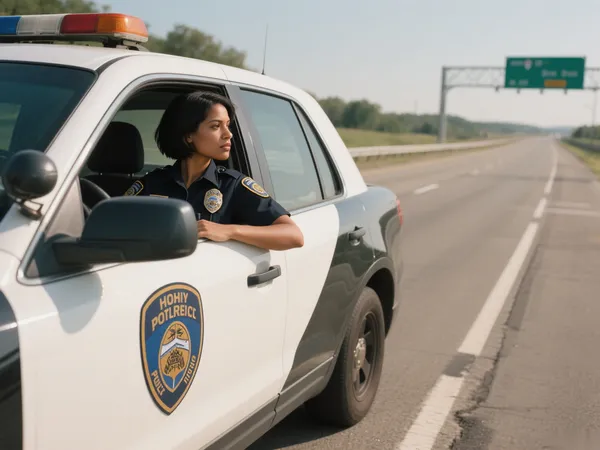
Conclusión: La forma del parche es una declaración
La forma de una parche policial Es más que una elección estética: es un reflejo de identidad, honor y servicio público. Desde escudos audaces hasta elegantes óvalos y balancines modulares, formas de parches policiales ayudar a definir departamentos y unir a los oficiales bajo un símbolo compartido de autoridad.
Ya sea que esté diseñando un nuevo parche o estudiando el legado de las insignias policiales, recuerde: la forma dice mucho antes de leer una sola palabra.

